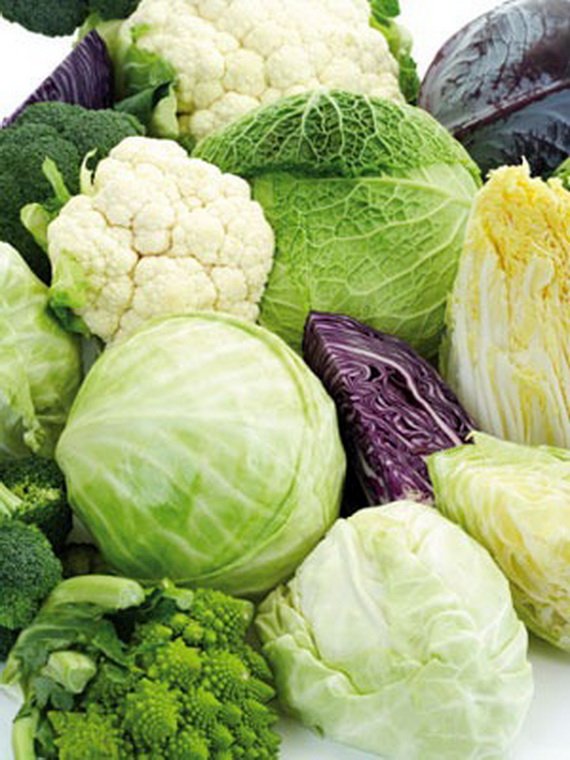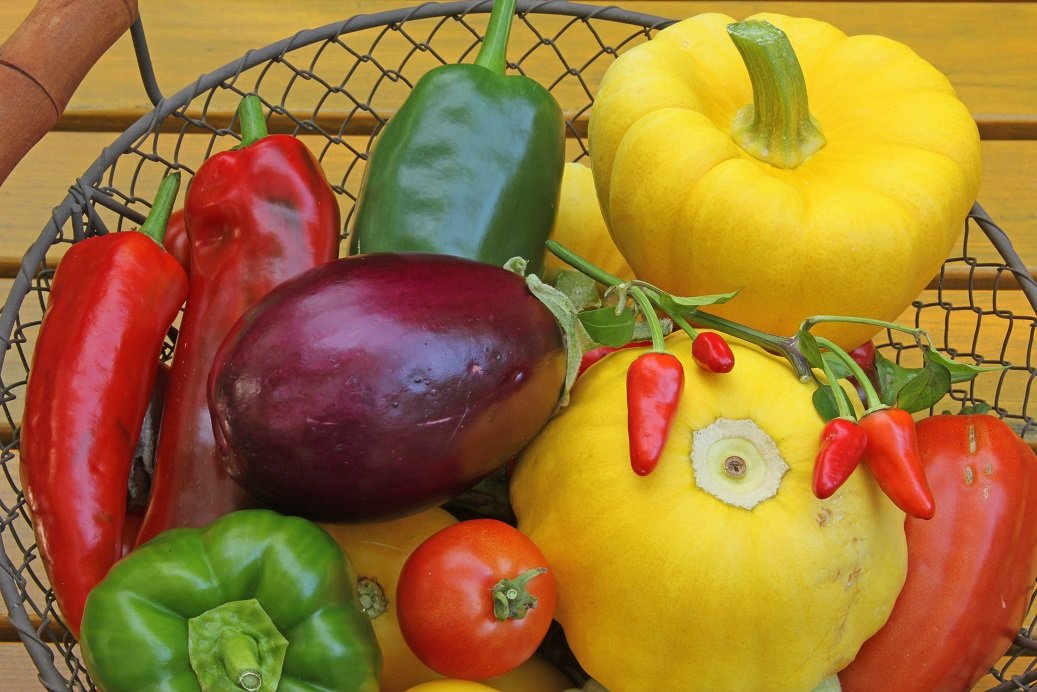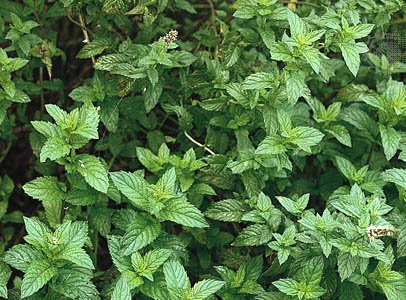Hello and good morning Steemit!
Although it is only December and the snow continues to fall, I am here dreaming of next years garden. I need to study a bunch so that I can step up my garden game come spring. We can study together through the inter-web!
I know that vegetable families are important to know so that you can rotate your crops properly, and since each family has similar growing conditions for the most part, it is helpful to figure out where everything goes. Therefore, this is where I am going to start in my garden studies! I only wish that I could use highlighters and colored pens on this post, because colors make everything easier to learn.
I am going to start this study guide with 3 families, Cruciferae, Solanaceae and Lamiaceae.
Let us start our studies!
The beginning of any good studying starts with good resources. I like to have a veriety of resources so that I know I am getting complete and accurate information. I also like to have various kinds of resources, like books, websites and videos.
For some reason I find that videos are a good place to start, it is often nice to listen to someone talk about a topic they enjoy, and I believe that listening is a good way to get an introduction into a subject. When I am researching a subject, I usually find a couple videos on youtube and then move on to the more detailed reading for notes. This way, I get a complete picture of what I am learning!
I found this lovely video, a great introduction into plant families! There is more then one video for this, and it is actually her talking about her book. However, she does get into the idea of vegetable literacy and some plant families. Its a good introduction.
Now that we get the general idea of plant families, let us dive right into the details and lists. But wait, I must make a disclaimer here that classifying veggies and other plants is not really an exact science, often it changes slightly from person to person. Well, I digress, it is meant to be an exact science but even botanists and taxonomists change things and disagree on classifications. Plants are just so diverse. What I find here is a amalgamation of what I find on the web and in my books!
Cabbage and Mustard Family - Cruciferae/Brassicaceae
This family, also called cole crops (they are used for coleslaw!), consists of well known and diverse vegetables. This family can generally be split up into three groups,
- The cabbages, actually decedent from ancient sea cabbages existing in the Mediterranean from long, long ago. This group includes kale, cabbage, collar greens and which are characterized by thick and waxy leaves designed for their salty, seaside environment. (RobbinsFarmGarden).
- The mustard group seems to have developed further inland, and have that distinctive spicy bite to them, like pepper. People seem to either love them or hate them, and they include arugula, radish and nasturtiums. You basically get leaves, roots and flowers out of this group!
- Lastly we have the "newcomers" Cauliflower and Broccoli. Supposedly they developed later then the other two groups in Italy, according to RobbinsFarmGarden Veggie School.
I find splitting them into groups helped me understand the group more, but really they are all in the same family, and generally enjoy the same soil conditions and suffer from the same pests. They also include some asian veggies like Chinese cabbage! Other veggies from this family include brussel sprouts, turnips, rutabagas, cresses, horseradish, bok choi, wasabi and more. Can you guess which group they belong to?
They are rich in vitamin C, high in fiber and calcium and other nooch. Apparently they sweeten after frost! Yum. I for one, was impressed with my broccoli and kale this year. A single big broccoli plant is enough for more then a couple meals!
All of these crops enjoy cool weather and rich soil, with mulch to keep them cool and moist. Where I live, you can grow them mostly in the spring and fall, because the Okanagan summer is scorching hot. They must be spaced well so they do not compete. I will remember this coming season to mulch these plants more. They also are subject to a number of pests, such as root maggots, cutworms and cabbage worms, as well as some diseases. Rotate your crops!

Potato or Nightshade Family - Solanaceae
The nightshade family includes some of the most popular veggies, at least where I am from. Tomatoes, peppers and potatoes most notably. Things like tomatillo, huckleberry, paprika, petunias and eggplant are in there too. However, it also includes toxic plants like tobacco, potato shoots and green potatoes, deadly nightshade itself, among others. Many of these plants originated in South America. Apparently you can even cross tomatoes and potatoes to get both on the same plant (although it does not taste good either according to Robins Farm Garden Veggie School).
According to the book Garden Primer, they are rich in vitamin C and enjoy warm weather with rich and warm soil. I think it is well known the tomatoes need a lot of water and soil nooch, though surprisingly my plants grew this year and I did not water them all too often. I live in a semi-desert so I attempt to water as least as I can.
Also, it is important to rotate this crop and not plant any members of this family in the same place two years in a row, because they are disease prone. They all also tend to need support. Potatoes need to be hilled and mulched, and the others with fruit such as tomatoes often need support as their fruits are heavy.
There are many many varieties of these plants, especially tomatoes and peppers. What are your favorites?

Mint Family - Lamiaceae
I know what you are thinking right now, mint is not a veggie. You are correct. However, it is an important family of plants that any gardener wants to include for the especially diverse flavors found within it. The medicinal benefits of having these herbs around is also an added reason to have the mint family around. Personally, it is probably my favorite group of herbs to use! I actually cannot list all of the plants in this family, because they are in the near 7000's!
Mint plants can generally be identified by their square stem and either opposite leaves or leaves that go in a "whorled pattern" around the stem. Most have a strong and pleasant aroma and with many really tiny flowers when in bloom.
The volatile oils in many mint family plants has medicinal actions such as helping calm the nervous system, for digestion, are antimicrobial (bacterial, viral, fungal) and for respiratory system complaints. I use this family for basically everything, and they are so so willing to grow and help you! They are great plant allies!
To give you a taste of the diversity of plants that actually belong to the family Lamiaceae, here is a list of some
- Mentha includes all of those minty flavors like peppermint, spearmint and chocolate mint. These plants like to crossbreed, so who knows how many there are! These are best for tea after a heavy meal, and for upset stomachs.
- Ocimum is the genus of the lovely basils! These are small plants that I think are generally joyfully aromatic. They are most often used in cooking.
- Salvia, the sage genus. The largest genus in this family according to clovegarden.com, they are diverse and very useful. Popular both for culinary use and for medical use. Sage tea and sage honey are great for colds!
- Rosmarinus officinalis. The name is in the name, this is rosemary. I love this plant for its aromatic qualities, and because it is my middle name! Ancient Greeks put rosemary in their hair to help remember things, and it symbolizes remembrance and friendship. If you have some rosemary on hand now, preferably fresh, bite into it to help you study (I forget where, but I believe that I heard about a study on rosemary that showed it indeed improve memory through the action of a certain substance within it). It is a vigorous and powerfully flavored herb with equally vigorous and powerful culinary and medical uses!
- Thymus vulgaris. This group is where the culinary herb Thyme is found, these plants have a particular peppery bite, and as with basically all plants in this family, have a variety of culinary and medicinal uses.
- Origanum, from this genus we get sweet morojam, oregano and za'atar. They are useful spices and are popular in herbal medicine. Have you ever heard of or used oil of oregano? Za'atar is an odd herb from the middle east, I enjoy its zesty bite when I take a nibble from the plant on my windowsill. It perks me up a bit.
- Satureja and Clinopodium. These genus make up what we know as savory, including summer savory, winter savory and yerba buena. This herb is mostly known in North America, and yerba buena is a potent medicinal herb that smells really amazing. I love a tea made out of it fresh, and it sits on my windowsill as well.
- Lavandula angustifolia is lavender, which is actually also a mint. It is well known for its sweet, relaxing scent and the honey that bees make from this herb is supurb.
- Melissa officinalis is my favorite herb, lemon balm. Sweet Melissa makes an incredible calming tea that, in my experience, calms the most preverse anxiety attacks and bouts of depression. It also can be used in cooking in a variety of ways, and it grows profusely.
- Lastly, I will list a couple more herbs by common name that also belong to this family but are less well known but often important medicinally. These include perilla, horehound, self-heal, bergamont, peperina, hyssop and teak.

Follow-up questions (try and make some up yourself too!):
Can you name 5 plants from the Cruciferae/Brassicaceae family? What is your favorite?
What soil conditions does the Cruciferae/Brassicaceae family like?
Can you name the some edible nightshade plants? What about the poisonous ones? Which ones are your favorite?
Where did most of the nightshade plants come from?
What are good uses for most of the mint family members?
Can you name 5 members of the mint family? Which are your favorites and why?
Do you have any recipes you like including these plants?
That's it for today!
Thanks for tuning into my study sesh! I feel like I learnt a lot more then I already knew. If you have questions or insights please feel free to ask and tell, id be more then glad to talk about veggies and herbs! Thank you for your time, votes and comments Steemit!
Bibliography
Damrosch, Barbara. The garden primer. Second ed., Workman Publ., 2008. Page 232 and 233 specifically were used
Grygus, Andrew. “The Mint Family.” The Mint Family (Lamiaceae), www.clovegarden.com/ingred/mt_mints.html.
“Herbal Remedies: The Medicinal Mint Family.” Herbal Academy, 2 May 2017, theherbalacademy.com/herbal-remedies-the-medicinal-mint-family/.
“The Vegetable Families: Who's Who in the Vegetable Garden.” VegetableGardenHub.com, VegetableGardenHub.com, 21 Mar. 2012, vegetablegardenhub.com/vegetable-families.
“Vegetable Families.” Missouri Botanical Garden, Missouri Botanical Garden, www.missouribotanicalgarden.org/Portals/0/Gardening/Gardening%20Help/Factsheets/Vegetable%20Families69.pdf.
“Veggie Families.” Robbins Farm Garden - Veggie School, veggieschool.robbinsfarmgarden.org/index.php?page=families.

